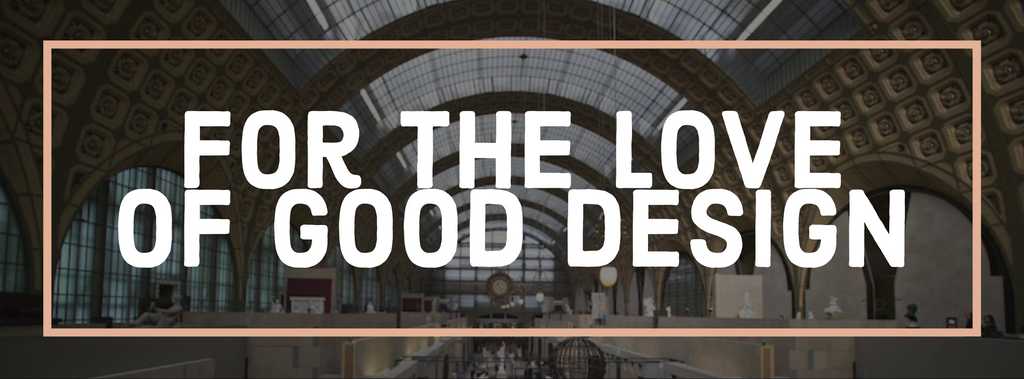Our “Women Behind the Designs” mini-series returns with the story of Gae Aulenti. This groundbreaking Italian artist was way ahead of her time, one of very few female Italian postwar Modernists, and a bold entrepreneur. After studying architecture in Milan, she opened her own studio in 1956 and became one of the world’s most sought-after architectural designers.
We love any woman who not only makes art that lights up a room, but who can also design the building that room is in. And did we mention she completed the interior for the Musée d’Orsay in France! There’s nothing Aulenti couldn’t do and she inspires us to dream big and exceed our potential.

Bold Beginnings
Born in 1927 in Northern Italy, Aulenti graduated from the prestigious Politecnico di Milano in 1954. Like many architects in the late 50s, she initially focused on industrial design, but quickly turned to a more intimate approach. She made a name for herself designing lamps and furniture before expanding to theatre sets and complete architectural designs.
After graduation, she worked for the newly relaunched Italian design magazine, Casabella, and espoused a “Neo Liberty” aesthetic, calling for the use and reuse of local architectural traditions rather than brand new, Modern structures. This belief would come to define her legacy as one of the world’s greatest architects for her work transforming old structures into contemporary icons.
Aulenti’s living room with lamps and textiles designed by the artist.
Image, Wallpaper*
Step Inside
In the early twentieth century, modern artists, particularly those influenced by the Bauhaus, conceived of all lived space as art. Everything from the designs on the walls to the silverware on the table, the linens on the bed to the design of the windows, needed to reflect a Modern, unified theme. The end result was often stunning and organic.
Aulenti also saw interior spaces as art, but unlike her contemporaries, she believed the interior architecture should drive the design, rather than the objects in that space leading the eye. She also rejected the repetition of the Bauhaus style. Her home reflected this new approach. It is eclectic, but intentional: a humanized Modernism. Her iconic Orocolo lamp was an exercise in both function and simplicity. Paired with her Locus Solus chair, the forms fit in the space with ease.
The Sky’s the Limit
Perhaps Aulenti’s most famous commission was the restoration of the Musée d’Orsay in 1980. Despite the protestations and concerns of formal critics at the time, she transformed the 19th-century train station into one of Paris’ favorite museums. Her seamless blend of 19th-century industrial design with 20th-century modern forms is absolutely stunning. She followed this commission with similar hybrid-form architectural projects around the world, including her work on the Santa Maria Novella station in Florence, the Museu Nacional d'Art de Catalunya in Barcelona, and the Italian Institute of Culture in Tokyo.
Bold and Confident
In 2012, the year of her death, Milan dedicated the Piazza Gae Aulenti in her honor. A cutting-edge, 21st-century plaza, the undulating glass curves echo much of the bold style in her original designs.

At Graymoor Lane, we can’t help but see in the Piazza the curves of our Juniper Collection. Like Aulenti’s vision - ahead of her time, bold and confident - we designed the Juniper Collection to inspire and dazzle. In 1999, The Times called Gae Aulenti “the most important female architect since the beginning of time.” We definitely agree.






Leave a comment